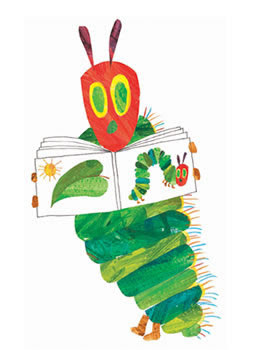Alex was invited by a fisherman from Mount Athos, who spoke of Simon as a holy fellow, to make the journey with him by sea to visit the monk. With the fisherman's boat bobbing in the waves below, Alex climbed a series of steps carved into the rock face with only a series of chains spiked into the cliff to hold onto. The fisherman had said, "If those chains will hold you, it is as God wills" for Alex to meet with Simon. At the end of his climb, Alex explains that he lay drenched in sweat gasping like a beached fish until he felt a cool shadow break the heat and there was Simon, "sparkling eyed" with his arms spread wide, exclaiming "Oriste!" meaning "Welcome, what can I do for you!"

Forgive me if I break Alex's engaging narrative at this point. As I write these words, I am sitting in my studio surrounded by a series of new paintings inspired by a recent trip with my family to Japan. The siren of these images is calling me. And I can't help but wonder what Alex and Jane Eliot, who also traveled with their family to Japan, will think of this new work. I don't have to risk my life scaling a cliff to reach the Eliots. I just need to make my pilgrimage out my studio door and down Ocean Park Boulevard, Diebenkorn's old haunts, to Venice, California to visit this couple who always greet my friends and family with wide open arms and profound insights. Like Simon's greeting, Alex Eliot's welcoming words nourish and inspire me.
+-+in+progress.jpg)
Gregg Chadwick's Studio with 13 Geisha (13芸者) - in progress
Alex Eliot will turn 90 on April 28, 2009. In his fruitful life, Alex has met with and written about the great artists of his age - Picasso and Matisse. One might think it would only be natural for a man of such wisdom and experience to be a bit haughty. Instead Alex shares the old monk Simon's gentle and generous spirit as well as his great wisdom and love for life.
While on that cliff in Karoulia, Simon offered Alex a piece of caramel candy. Alex, graciously accepted the gift and then when the monk was preoccupied, Alex, feeling that the seemingly undernourished monk needed all the calories he could get, slipped it under Simon's plate. Alex then bowed and scooted out to climb down the cliff to the boat waiting below. The sun was setting when Alex reached the fisherman who lay asleep in the boat. The sirens called. Alex disrobed and dove into the sea only to be startled by a basket hurtling down the old monk's supply cable which linked his aerie to the world. In the basket was the caramel. "My candy had come back! I put the caramel straight into my mouth and like a child once more I tasted its burnt sugar elixir right down to my toes."
And then Alex opens up to the mythosphere - "Never before in this life, possibly, had my poor spirit taken nourishment. I stood dripping upon the shore of time and Simon waved to me from eternity."
Like Simon's candy, Alex Eliot's friendship gives my poor spirit nourishment.
Let me break again from my essay to speak directly to Alex:
Alex, I thank you for your wisdom, your profound words and feelings, the inspired love that you show to your wife - Jane - and your talented children. Alex - you are a lifeline, an example, and a challenge. I am proud to be your friend.

Study for a Portrait of Alex Eliot
8"x13" oil on wood 2009
Throughout my years as I stand with my wife, MarySue, and my son, Cassiel, on the shore of time I will see Alex and Jane Eliot waving to me from eternity and exclaiming, "Oriste!"
More at:
Alex Eliot's Website
Jane Winslow Eliot's Website






